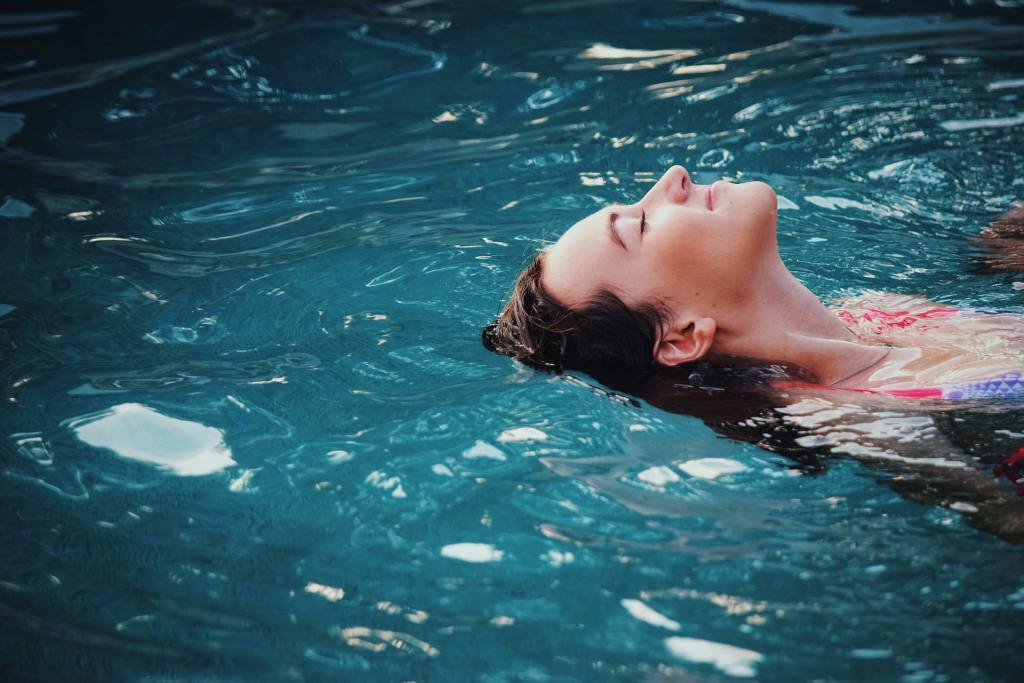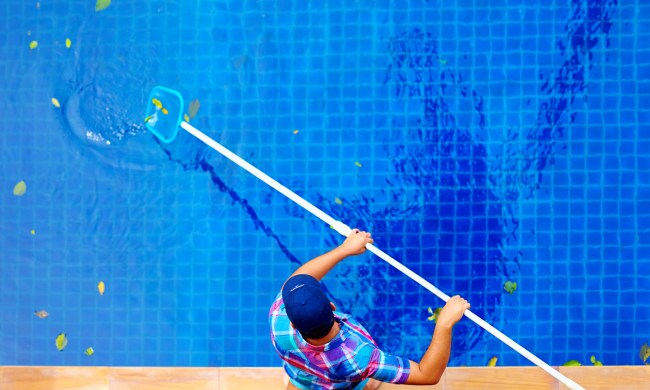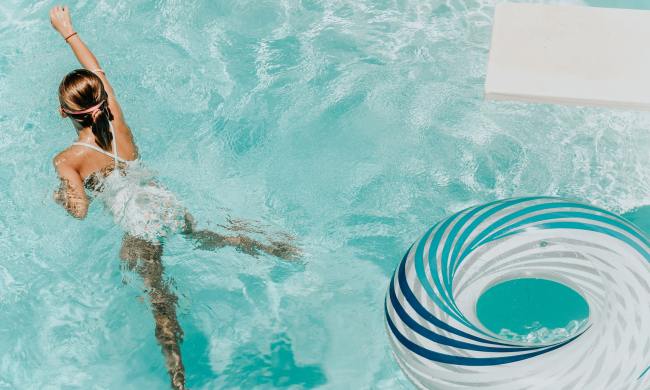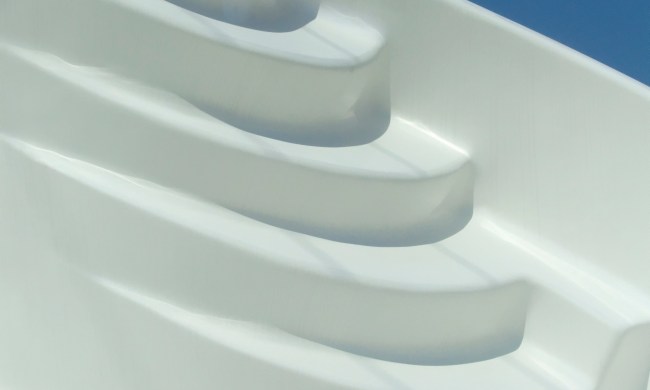Having a pool at home is one of the best things during hot summers. The kids can spend hours playing outside and getting all their energy out, and you can relax on a floatie with an ice-cold drink. However, pool maintenance isn’t so glamorous, and it can be intimidating to take on a task such as replacing the pool liner. Below, we talk about what you need to know about pool liners, what to consider when buying one, how to install it, and what elements to watch out for to keep your liner healthy.

Why you need an above-ground liner
Pool liners for above-ground pools are essential. The pool wouldn’t be able to hold water if it didn’t have one. Pool liners also help maintain the pool’s structural integrity. Above-ground pools don’t have the earth around their sides to help support them that in-ground pools do. That’s why having a sturdy and properly installed liner is critical to your above-ground pool’s health and longevity. Liners also ensure the pool doesn’t leak.
What to consider when buying
There are three types of pool liners to choose from, and often which one is best for you will be determined by the kind of pool you have and the aesthetic you’re going for. The first type is called an overlap liner. These are easy to install and are pretty affordable. They fit almost all above-ground pools as well and come in a decent range of patterns and colors. The second type is beaded liners. These are the easiest of the three to replace, and they’re also the easiest to find in stores. Lastly, unibeaded liners are more of an investment and can be more challenging for novice pool owners to install. Be sure you find a liner that fits with your pool’s needs, your experience level, and suits the aesthetic you’re going for.
How to install an above ground liner
It’s best to take on the task of installing a new liner with a friend. Two sets of hands will make the process much easier and will make it much less likely that you end up with a crooked liner or having to start over.
- If you’re replacing a liner, you’ll first want to drain the pool and remove the original liner.
- Remove the new liner from its package, unfold it, then place it in the swimming pool roughly where it’s going.
- Remove the pool’s railing and pull the liner over one side of the pool, using clamps to hold it in place.
- Go to the other side and do the same thing. Going back and forth will ensure the liner is as even as possible.
- Go back around and reinstall the railing caps, carefully removing the clamps as you go.
- Now follow your typical instructions for refilling the pool.
You’ll want to keep a close eye on your pool as it fills with its new liner. This way, you can catch any mistakes before it gets too full and the weight of the water rips the new liner.

How to maintain an above-ground liner
The best way to maintain your above-ground pool’s liner is by keeping the water healthy and being careful not to rip it when moving things around. Unfortunately, some elements will wear down your liner over time, no matter what you do. With these, you just have to keep an eye out and notice the damage before it’s too late. Replacing a liner before it breaks is less of a headache. Elements that damage pool liners over time are sun exposure, too much chlorine, lawn mower projectiles, wind, rain, and, of course, time. Maybe make it a bi-weekly chore to inspect your pool’s liner during the summer to ensure you catch any damage before it’s too late. Finding a small leak when it’s still small will make it easier to fix, rather than waiting to find out about the leak when water’s spraying all over your yard.
Although pools are a blast, they can be hard to maintain. So here, we’ve given you the tools you need to notice when your liner needs to be replaced and how to go about replacing it. Remember to ask a friend for help and be careful with mowing the grass around the pool or moving heavy furniture with sharp corners.


